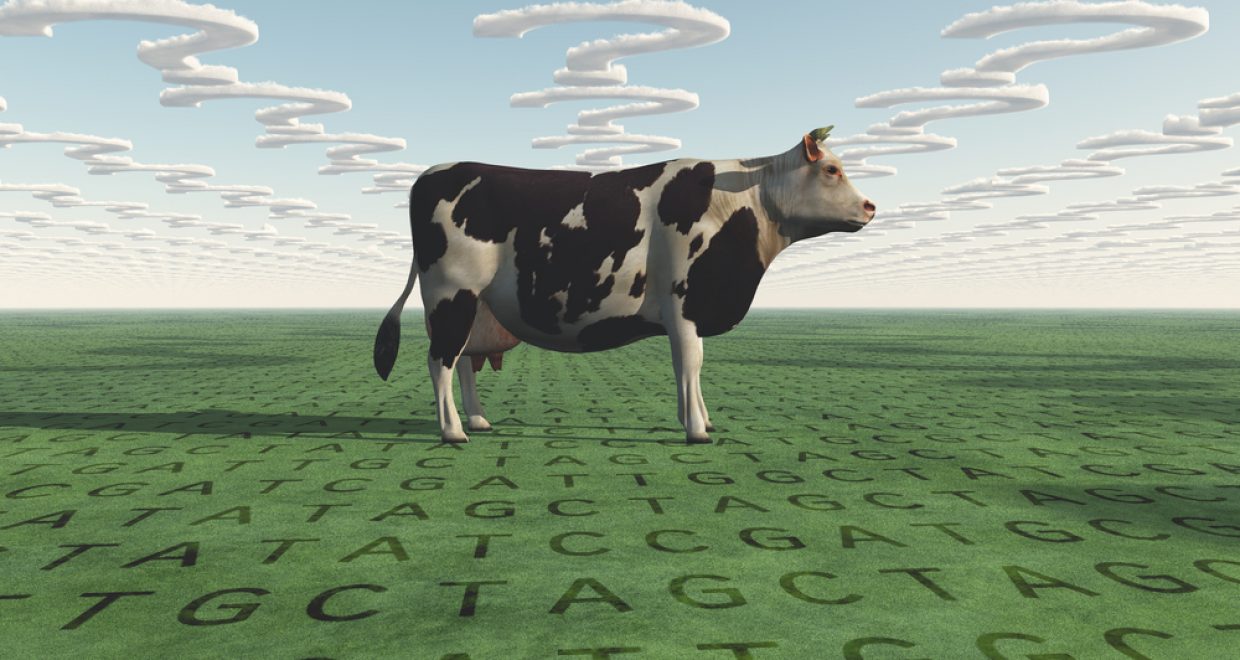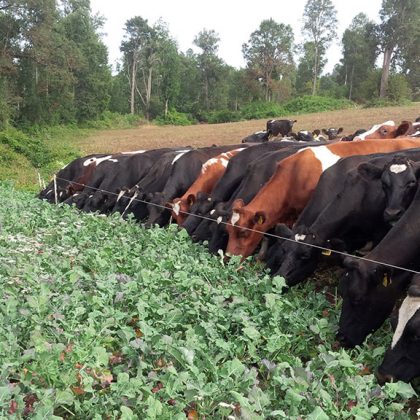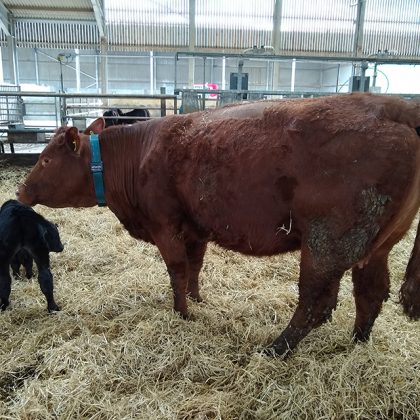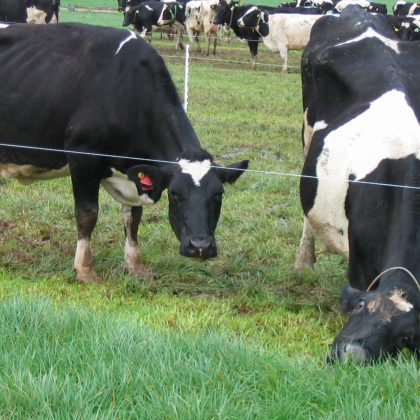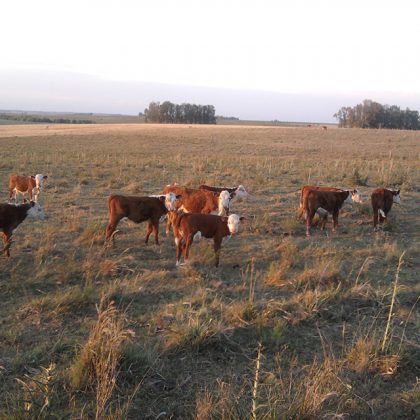Genetics of milking characteristics in dairy cows
The animal Article of the Month for November is entitled ‘Genetics of milking characteristics in dairy cows’
The milking routine accounts for a large proportion of the labour requirement in a dairy herd. As dairy cow herd size increases to benefit from economies of scale, fast cow throughput in the milking parlour is fundamental to efficiency and minimise labour cost. By increasing milking speed (all else being equal) then the time to milk the herd (in most milking platforms) may be reduced.
Genetics has contributed half the gains in milk production observed in most populations. Genetic variation exists in almost all animal-level characteristics so therefore the hypothesis of this study was that indeed genetic variation did exist in milking duration. Although there is international evidence of the existence of genetic variation in milking duration or milking speed in dairy cows, there is also evidence that faster milking cows are more prone to udder infections. Also, biologically cows with less milk are expected to have a shorter milking duration. The contribution of this study to the scientific knowledge was whether in fact genetic variation in milking speed existed independent of both milk yield and udder health (here the latter was approximated by somatic cell count). Quantification of the genetic variation present could then be used to establish whether noticeable genetic gain in reducing milking duration with no deleterious consequences for either milk yield or udder health could be achieved.
The project was undertaken as a collaborative effort between Teagasc, the semi-state agri-food research body in Ireland and the Irish Cattle Breeding Federation who are the government appointed body responsible for national cattle genetic evaluations in Ireland. The data were from almost 75,000 Irish cows from 10,000 Irish dairy herds. Do-it-yourself milk recording is undertaken on almost 33% of Irish dairy cows and the milk recording meters used measure actual milking duration of each milking. This is in contrast to how milking duration or speed is measured in most dairy cow populations, including Ireland up until this study. In most populations, milking duration or speed is based on a subjective assessment by the producer. A mathematical approach was used to ensure independence of the milking duration trait from both milk yield and udder health, or in other words the mathematical approach used ensured this new trait, which we called residual milking duration, was uncorrelated with both milk yield and udder health. This had never been attempted before.
Results clearly showed that indeed considerable genetic variation in milking duration did exist among cows and also considerable exploitable genetic variation existed independent of the associations between milking duration and both milk yield and udder health. Using a simple example, assuming a farm with a herringbone milking parlour with 10 rows of cows milked per milking, a change in mean cow milking time of one genetic standard deviation (i.e. 36.8 seconds based on this study) could reduce the time spent milking by 62 hours over 305 days when cows are milked twice daily. This can be achievable without any deterioration in milk yield or SCC.
The results from this study were immediately implemented into the Irish national dairy cow breeding goal, the Economic breeding Index (EBI) to identify the most profitable animals for Ireland.
Authors: D. P. Berry, J. Coyne, B. Coughlan, M. Burke, J. McCarthy, B. Enright, A. R. Cromie and S. McParland
The animal Article of the Month is selected by the Editor-in-Chief and is freely available for one month
